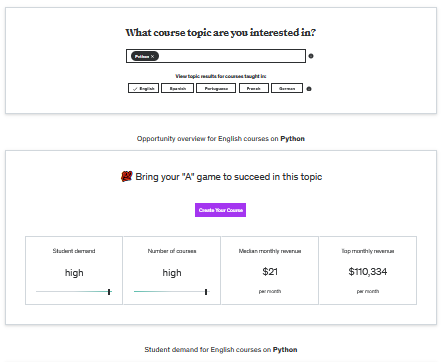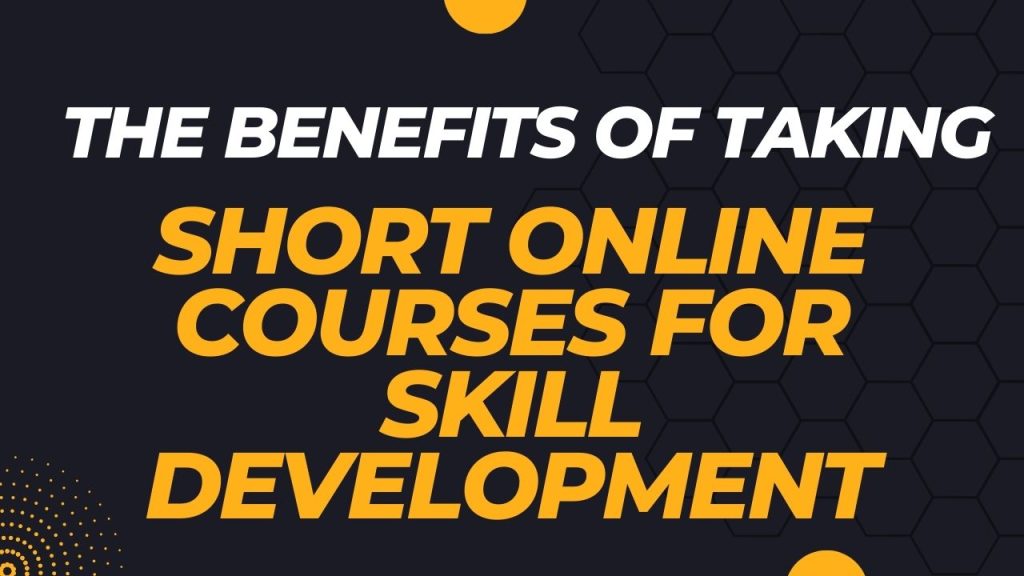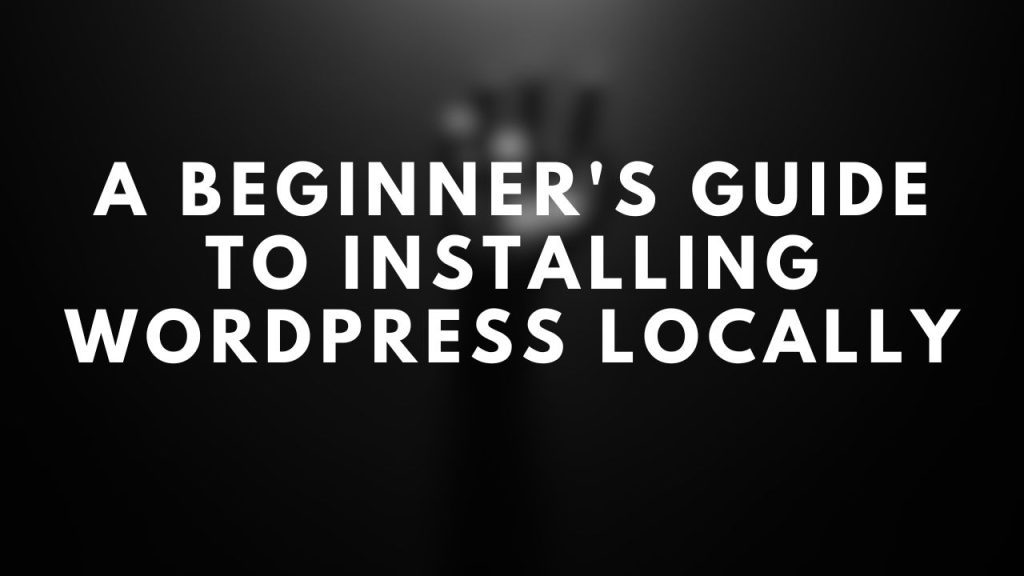- 1. Identify Your Niche and Audience
- 2. Choose the Right Platform To Publish Your Course
- 3. Create Engaging Content
- 4. Build a User-Friendly Platform / Choosing a User-Friendly Platform
- 5. Editing Of Your Course
- 6. Set a Reasonable Price
- 7. Create a Marketing Plan
- 8. Offer Support and Feedback
- 9. Launch and Promote
1. Identify Your Niche and Audience
Identifying your niche and audience is very important for creating your online course, the first step before creating a course should be identifying your niche and audience because if you create a course with low demand (e.g – painting or drawing ) you will able to see few sales on your course, similarly if you choose a course topic with high demand (e.g – Web development, app development and etc) you will be able to see a good number of sales.
One more thing is that if there are already huge number of courses on the internet for a specific category you not be able to see good sales, if you still want to still create a course on that niche then you have to include something different from others like adding a test series, quiz, coding exercises, live weekly sessions, additional resources, community and etc. This is all from my personal experience.
You can also use tools for finding demand and supply of a specific niche and audience. You can use a udemy tool for finding marketplace insights for a specific category keep in mind that this tool give only the results for udemy.com but you can get a overview about the category.

2. Choose the Right Platform To Publish Your Course
Choosing the right platform for your course is also very important different platforms have different revenue shares for example, udemy.com will give you 37 % of the revenue and they will take 63% of the revenue from your course sales, publishing courses on udemy.com is good because they have huge number of traffic, so you can have a good number of sales.
If we take another example of skillshare they have a membership model means they will pay you according to the minutes watched on your course, skillshare mainly promotes creative content and high quality content they have also removed many categories from there platform. Skillshare pays there instructors on royalty basis. So, before publishing course on skillshare your should check there permitted categories, although udemy don’t have that much of restrictions almost all the topics are permitted on there plaftorm.
You can also check other platforms for publishing your courses like udacity, pluralsight, edunoix, tutorialspoint, alison, domestika and etc.
If you want to publish course on your own website then you need 3 things first is domain name, second is hosting, third is a payment gateway like stripes. You can either create a wordpress site and use plugins like tutor LMS, masterstudy LMS and etc, or you can create you can create your website by someone else. Publishing your courses on your own website is quite challenging because you have to do all the things by yourself like creating website, payment gateway, marketing of the course, troubleshooting the website, creating support for the users and many more. If you use website like udemy or skillshare they care of everything like the payment, marketing and etc.
3. Create Engaging Content
The next step of creating a successful course is to create engaging content you can add quizes, tasks after each section, provide presentation slides, provide some usefull articals links, suggests some books for future studies and etc.
The most important thing for creating a successfull course is recording high quality lectures (atleast 720p) and recording high quality audio the audio should be loud and crisp so there is no issue on any device.
Additionally you can use some kind of animations in your lectures to make it more engaging, but keep in mind that your content should be valuable only valuable courses get a good amount of sale.
4. Build a User-Friendly Platform / Choosing a User-Friendly Platform
Another important thing of creating a good sale on your course is creating a user friendly, if you are publishing course on your own website then you should focus on creating a user-friendly website, you should invest time and money before publishing your course on your website.
Important points to remember :
- All the navigation links should be front of the user.
- Choose a good color combination for the website like white and black, yellow and black and etc.
- Choose a well known payment gateway like stipe, paypal and etc. User should have trust on the payment gateway.
- Write some blogs on frequently asked questions.
- Create a support e-mail address for any queries or add a whatsapp support.
- Build your brand create social media accounts like Facebook, Instagram, Twitter and etc, and add that links in the footer section of your website as shown in the image below. This will help users to gain trust over your website.

If you are willing to publish your course on some course platforms the you can go with udemy.com they have a very good user frendly platform both for the instructor and the student, there platform is very easy to understand and execute.
5. Editing Of Your Course
Editing the course is one of the most crucial part of creating a online course it should be done properly, you can hire a video editor or you can also do it by yourself to reduce the cost, you can use software like Adobe Premiere Pro, Filmora and etc for editing your course, you can also use software like audacity for removing background noise from the lectures.
Important points to remember :
- Remove unwanted parts of audio and video from your lectures.
- Focus on the volume, volume of your course should be crisp and loud.
- Remove all the background noise by using audacity or the denoise feature of Adobe Premiere Pro.
- Remove dead part of voice from your lecture.
6. Set a Reasonable Price
After publishing your online course, one of the most important things to do is setting a reasonable price for your course. Price of the course should be equivalent to it quality and quantity. Price shouldn’t be too high or too low, if the price will be too high then you will not be able to see good amount of sales and if the price is too low then you you won’t be able to earn good amount of money from you course. SO, setting your course price is a very crucial part of a successful course.
You can also offer promotional pricing or discounts during the launch like you can give a coupon code of 50% discount on the launce day of your course to get some sales and some reviews on your course.
You can also give discount coupons of your course in some festival seasons like christmas, black friday, thanks giving day or etc. This will help you to get some sales on festive seasons.
7. Create a Marketing Plan
Develop a marketing strategy to promote your course, Utilize social media, email marketing, and other channels to reach your target audience. You can take use of social media like facebook, instagram, twitter, linkedin, telegram and other platforms.
You can also use paid ads to promote your courses like google ads, facebook ads, instagram ads and etc.
8. Offer Support and Feedback
Provide avenues for students to ask questions and seek clarification, if you are using udemy.com to publish your course then udemy gives a chat support for the students to ask questions. If you are not using udemy then you can provide your students a support email address or you can also create a whatsapp group or telegram group for asking questions.
Be responsive to feedback and continuously improve your course based on input from the students and students reviews.
9. Launch and Promote
After all of this things you can now launch the course and promote the course, plan a launch strategy, including a compelling sales page and promotional materials.
Leverage your network and partnerships to spread the word about your course and continuously improve the course.
So, Remember that creating a successful online course takes time and effort. Stay committed to providing value to your students, and be open to refining your course based on feedback from the students and evolving industry needs.





